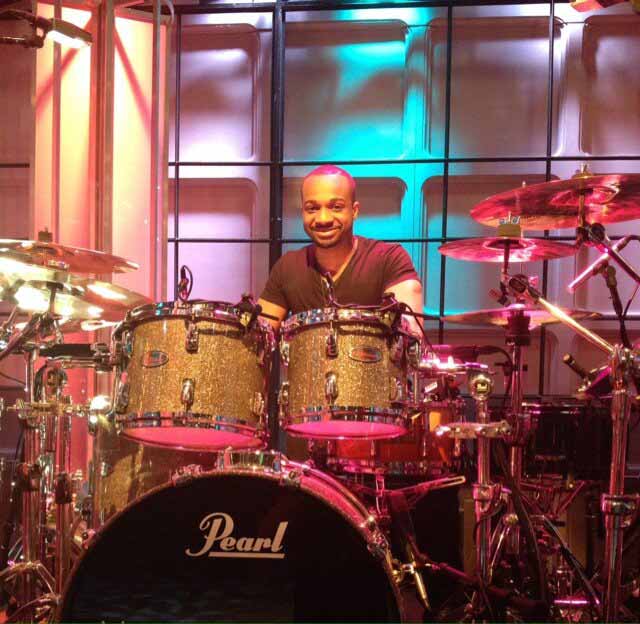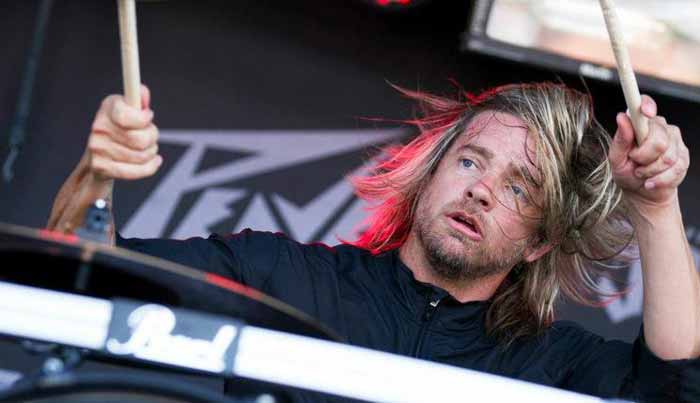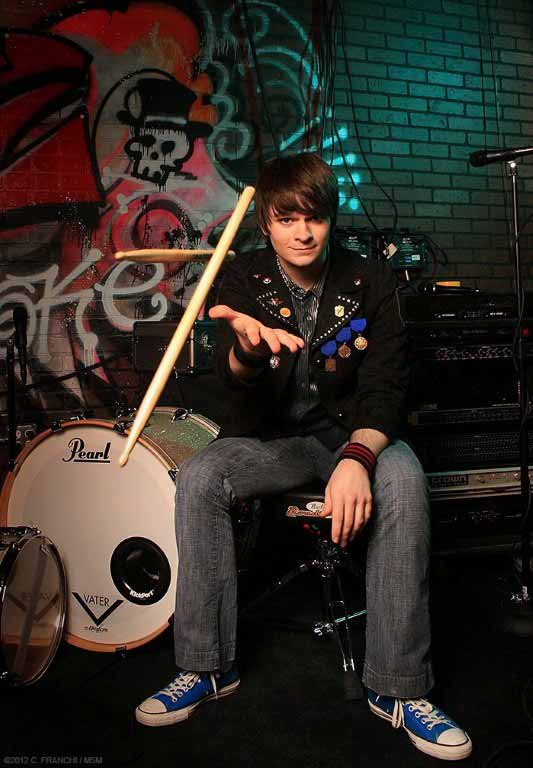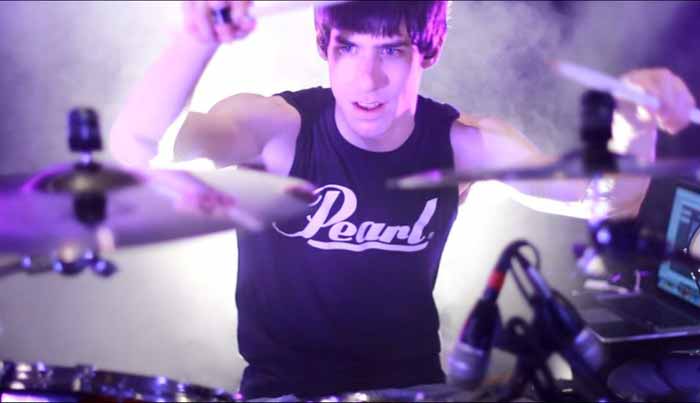June 16, 2015
Interview with Marcus Strickland, UYS Cover Artist
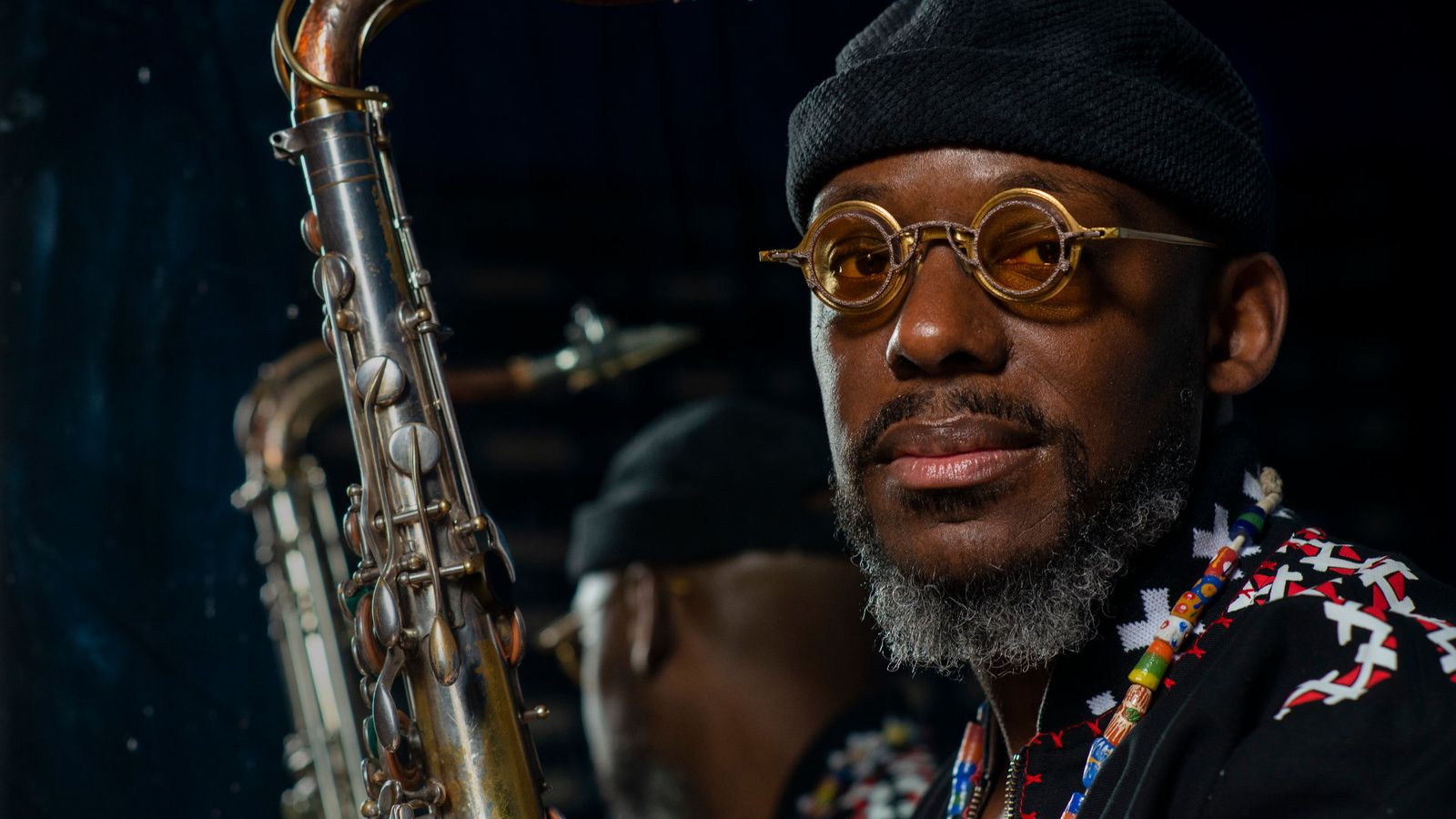

World renowned saxophonist and composer Marcus Strickland is helping to frame jazz music in a captivating new context. Named “Best New Artist” by a 2006 JazzTimes reader’s poll, and “Rising Star” in 2008 and 2010 by Down Beat magazine, Strickland breathes new life into jazz with a fearless musical philosophy that embraces hip hop, funk and soul. Listen to his acclaimed 2018 album, “People of the Sun,” for a taste. In an exclusive interview with Music & Arts Marketing Director, Renier Fee, Strickland discusses his musical upbringing and gear preferences.
(Check out our Spring 2019 “Upgrade Your Sound” catalog to learn more about how Marcus upgrade his sound with P. Mauriat.)
I’ve read that your father was an early inspiration in your music. Can you tell me more about that?
My pop would bring my mom’s womb up to the stereo speaker and play dope music of all kinds to us–my twin brother is E.J. Strickland, dope drummer–while we were in there. Pop is a retired lawyer, who used to be a principle percussionist in Miami and also played the drum set very well. I grew up around great music and drummers, and I am very grateful for it.
You have an identical twin brother, E.J. Strickland. How did you end up playing the saxophone while he took to drums?
My middle school band teacher, Steve Kirkland, introduced all the instruments to the band and saved the saxophone for last (he is a saxophonist himself). It was so different than anything else introduced that day. It was beautiful, sexy, a combo of woodwind and brasswind. I fell in love at first sight.
Were private music lessons part of your childhood? How did those lessons help you?
Yes, I started taking private lessons in high school with Whit Sidener. He was the most life-changing music teacher I had other than Branford Marsalis and George Garzone. The reason is that was he immediately told me to get on the piano and showed me what all those chord symbols meant, as well as great ways to approach playing over them.
During Music & Arts’ “Upgrade Your Sound” events, we encourage progressing students to step-up from a beginning instrument to an intermediate or pro-level horn. When you were a young musician, how did you know it was time to invest in a professional saxophone?
By the time I was in high school it was already apparent that my brother I were very serious about music and wanted to pursue it as a career. I switched from alto to tenor in high school–most of the players I listened to were tenor players. My folks invested in intermediate horns, two L.A. saxes actually, soprano & tenor. The soprano is black (I still have it), and the tenor was white. I called it Marshmallow, and it gained a pretty lengthy gear conversation with President Clinton whose presidential sax was an L.A. sax.
What are the most important features of a professional horn that every musician should consider?
Intonation (make sure to check the overtone series), response, projection, agility (especially with the spatula mechanisms and other side keys). Also, I prefer horns to be soldered bow to insure the low notes stay stable and close properly.
You play on the P. Mauriat sax models PMXT-66RUL, SYSTEM-76SDK and MASTER-97AU. Why is P. Mauriat your saxophone brand of choice?
They are very resonant horns with my preferable bore dimensions and key mechanism, similar to the Mark VI, I used to play before them.
What’s it like to be a P. Mauriat artist?
Truly an honor, and absolutely no hassle with getting horns into my hands. I am grateful to them for their generosity and support, which is not often seen in most saxophone companies.
What are you using for mouthpiece and reeds?
Tenor: Lebayle LR II metal mouthpiece 9* facing, with Vandoren blue box 3 1/2 bass clarinet (that’s right!) reeds
Alto: Lebayle jazz chamber (I believe) wooden mouthpiece, 8 facing, with Vandoren V16 3 reeds
Soprano: Selmer S-90 with Vandoren V12 4 1/2 clarinet (that’s right) reeds.
What is your recommendation for young students to find the right mouthpiece and reed?
Always test the overtone series when deciding on any major change with equipment. Some people love resistance, some love easy blowing. Remember that thick reeds with a small chamber create a reedier sound, and thinner reeds with a larger chamber create a fuller sound with more body to it. The resistance is controlled by how thick the reed is in comparison to the mouthpiece, and choose well!
“People of the Sun” was released in 2018. You have eight other critically acclaimed albums. What have you learned about yourself when you reflect back on your discography?
I would like to quote Wayne Shorter to answer this: “If all you have is music, then you don’t have music.” I see music as a tool to tell my ancestors story—griot culture. It takes time and mindfulness to get to such a level. The bell of my horn is facing the audience for a reason, so I feel the music should reflect the times and move the people.




